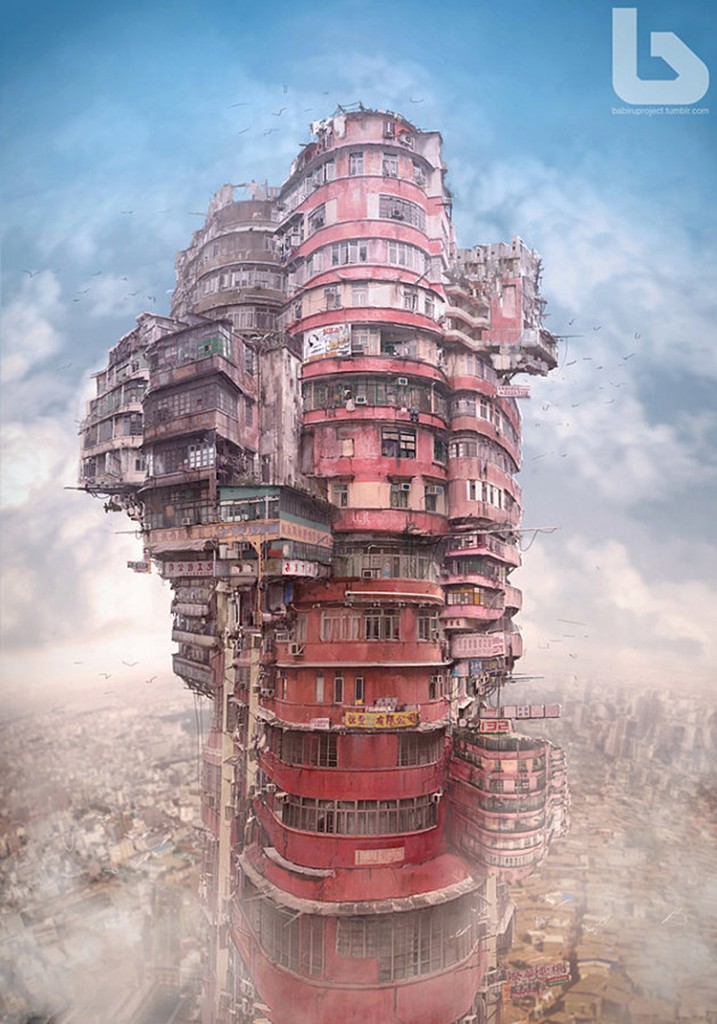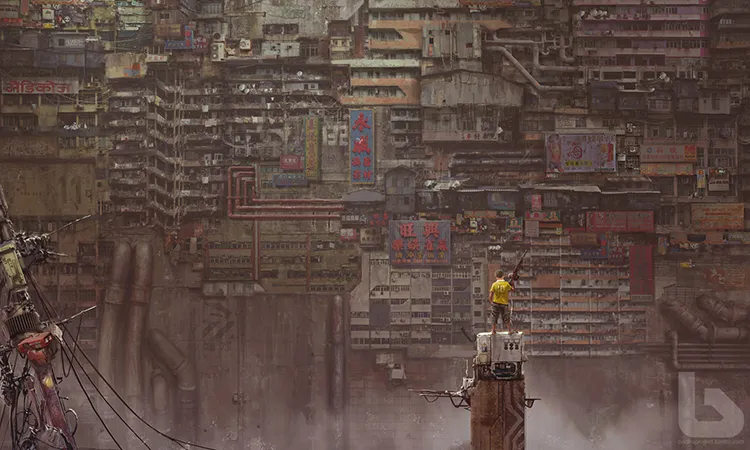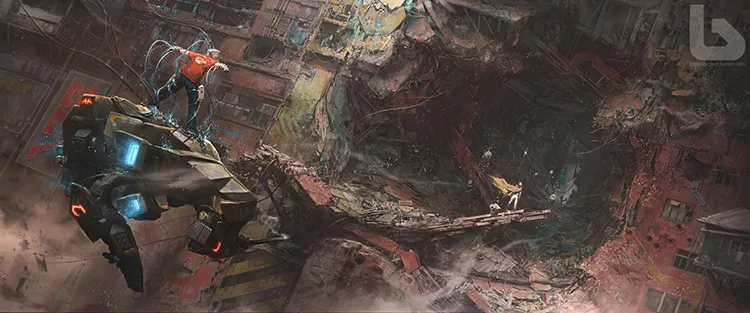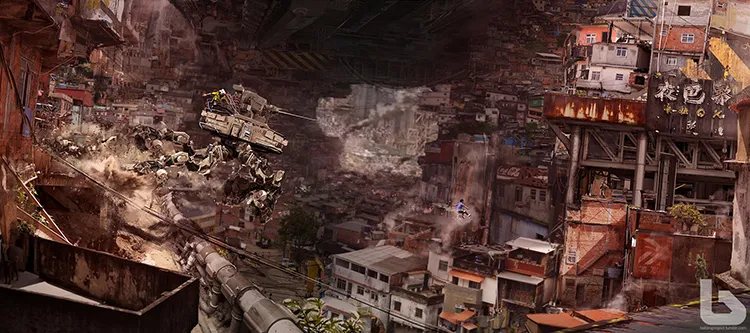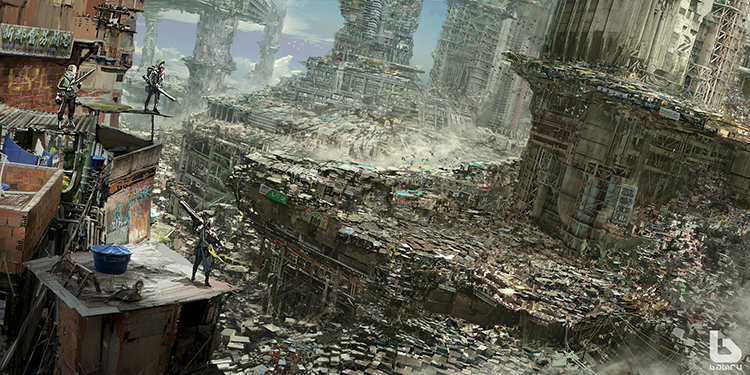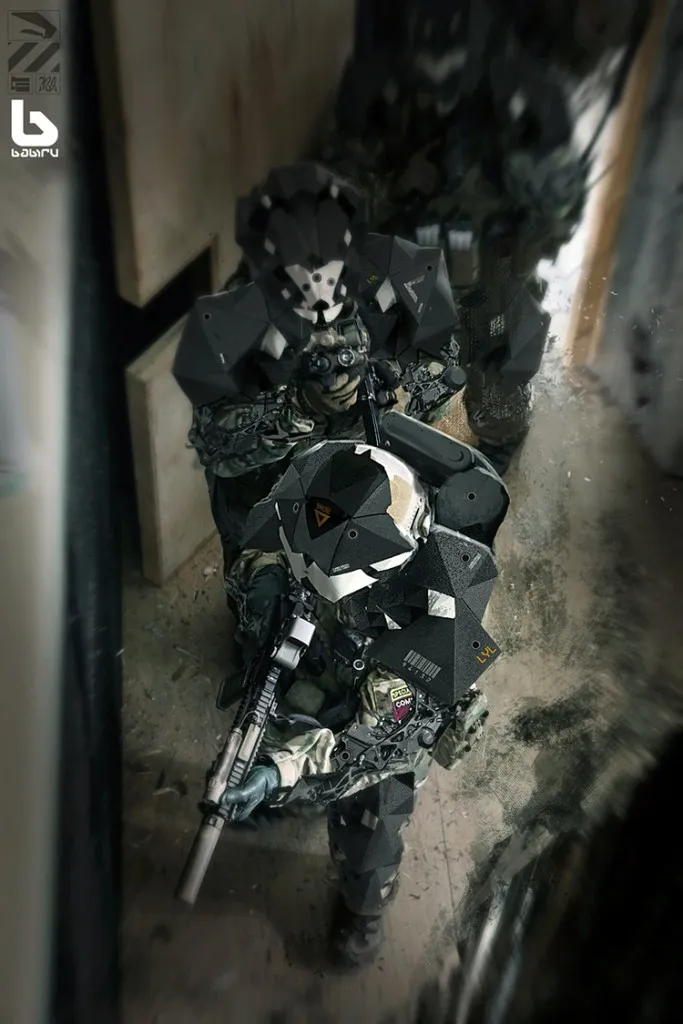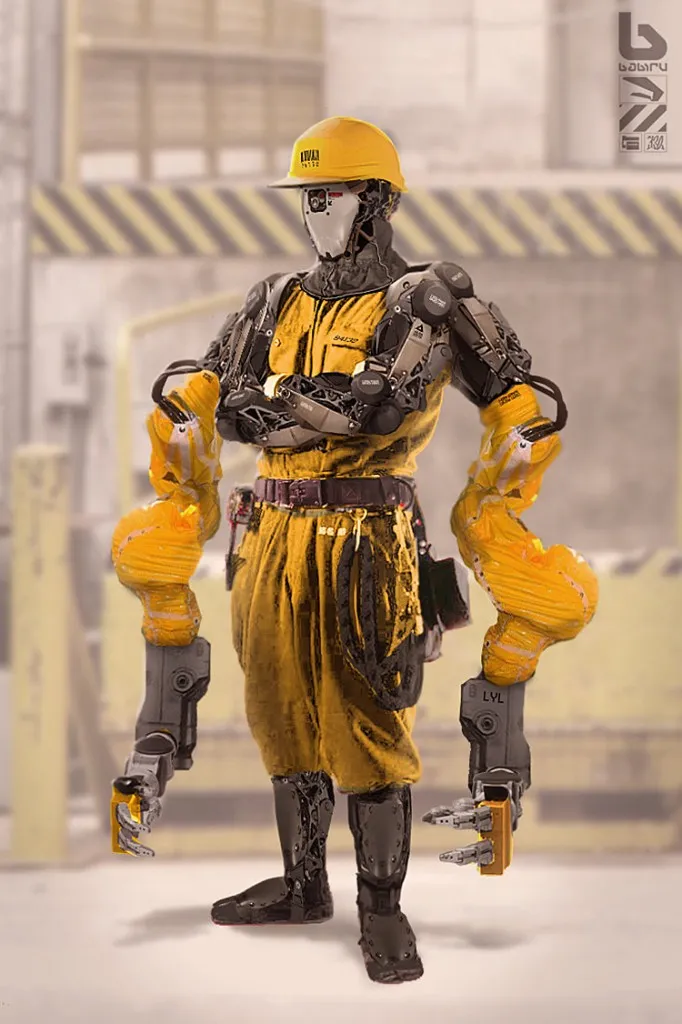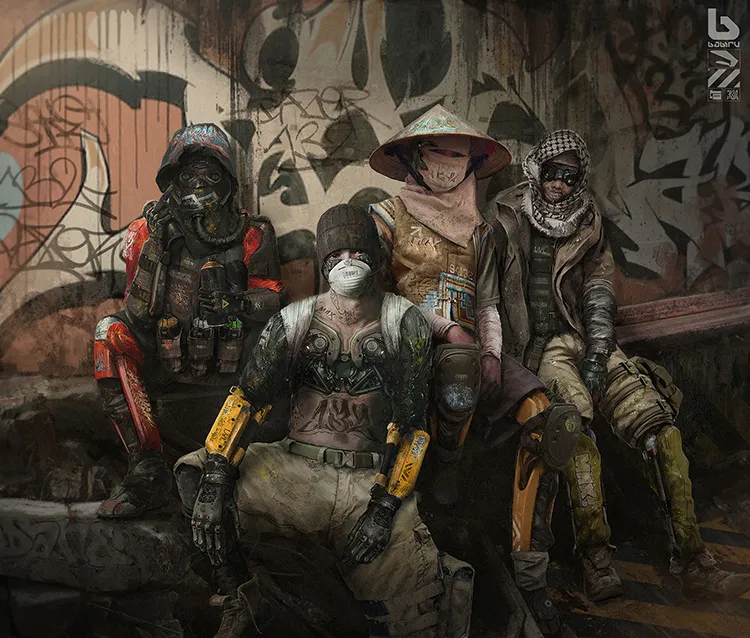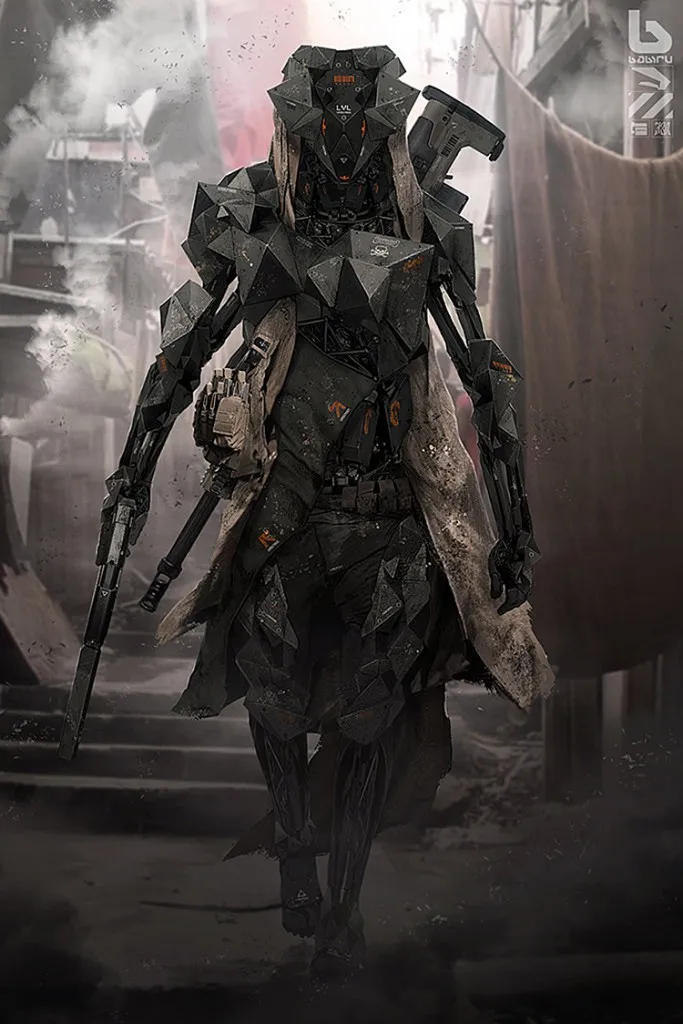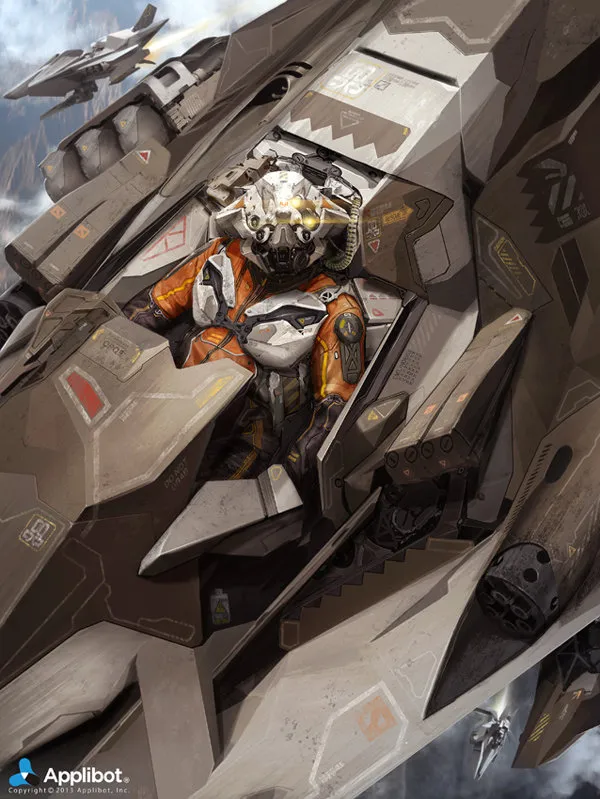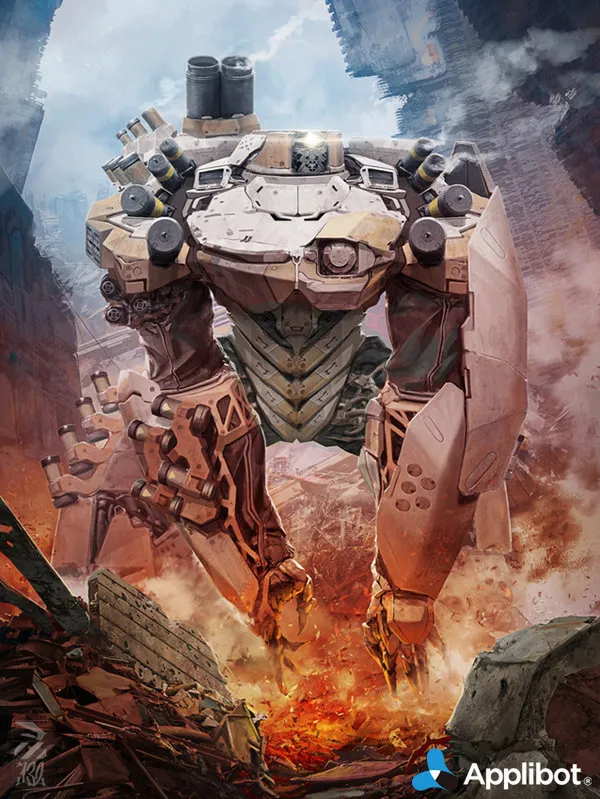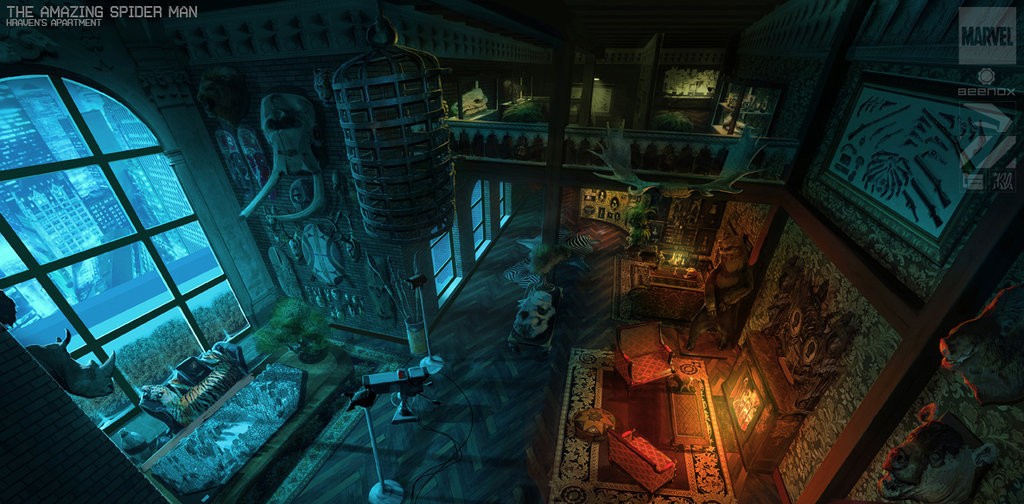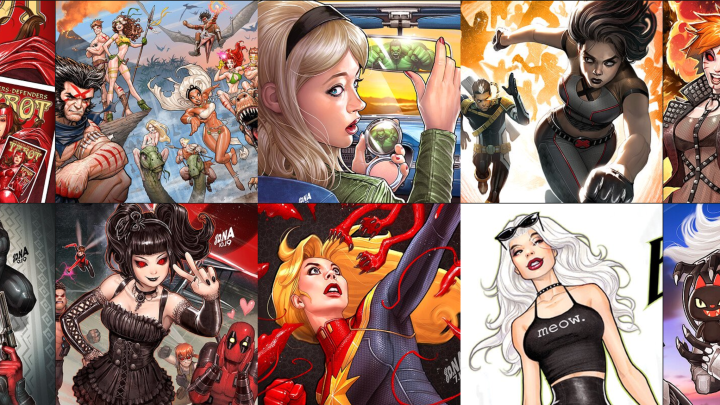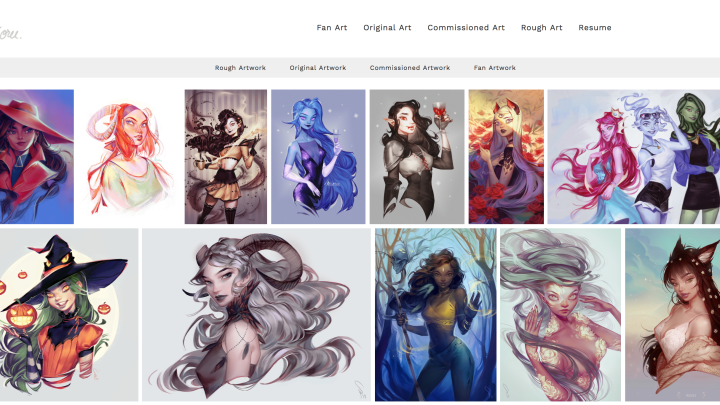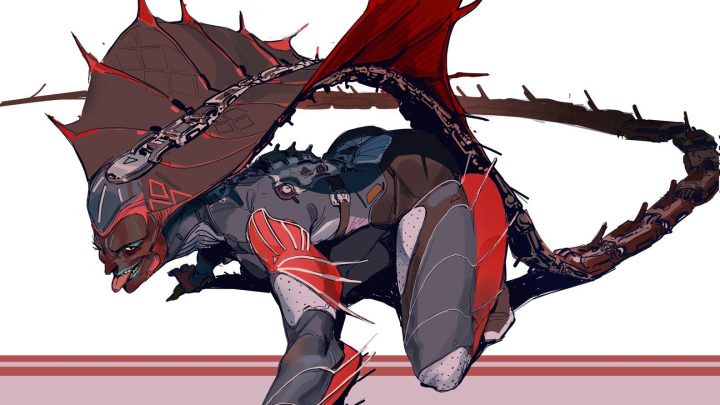Concept artist Nivanh Chanthara
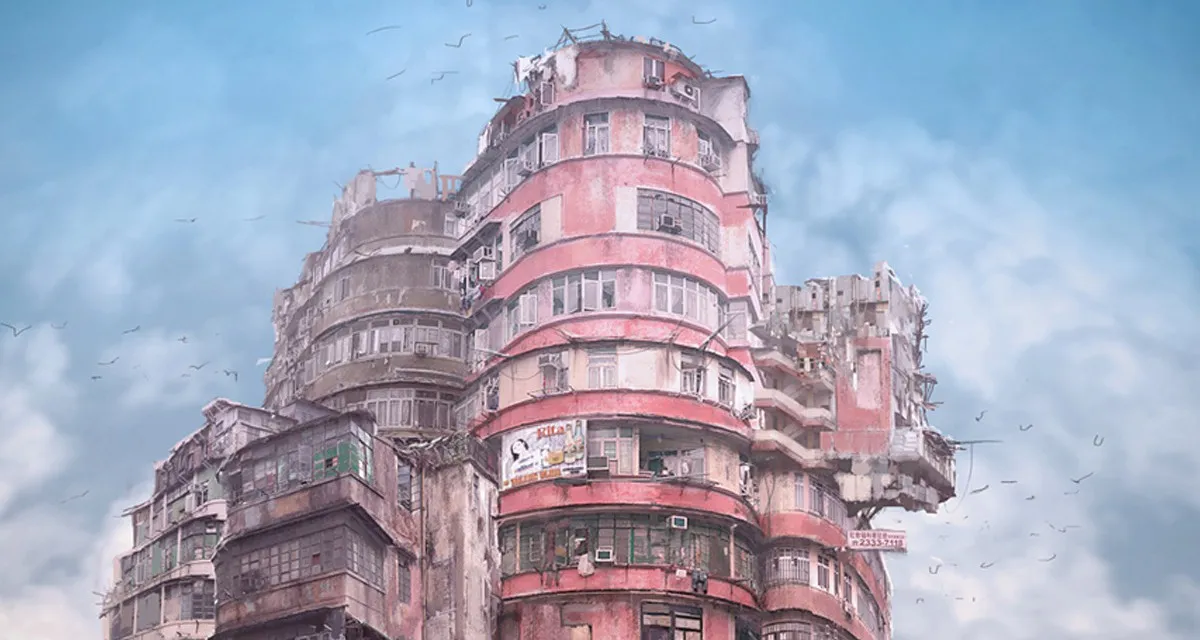
 Nivanh Chanthara is a concept artist currently employed at Eidos Montreal where he designs characters, environments and props. Having started out working in urban sports and fashion design in his native France, he began his career as a concept designer at Method Films on the animated series Iron Man: Armored Adventures, before relocating to Canada to work at Beenox on the videogames Spider-Man: Shattered Dimensions and The Amazing Spider-Man. We caught up with Nivanh to find out about his journey from street art to concept art, his creative inspirations, and Babiru, his beautiful post-apocalyptic collaborative art project.
Nivanh Chanthara is a concept artist currently employed at Eidos Montreal where he designs characters, environments and props. Having started out working in urban sports and fashion design in his native France, he began his career as a concept designer at Method Films on the animated series Iron Man: Armored Adventures, before relocating to Canada to work at Beenox on the videogames Spider-Man: Shattered Dimensions and The Amazing Spider-Man. We caught up with Nivanh to find out about his journey from street art to concept art, his creative inspirations, and Babiru, his beautiful post-apocalyptic collaborative art project.
Tell us about your journey
I’m self-educated. I started drawing at secondary school, then went from graffiti with the 132 Crew and street art as Duster132 to working as a graphic designer. After ten years spent on various projects in the BMX, skateboard, kitesurfing, fashion, textile and advertising industries, I made my debut as a concept artist in 2007 on the animated series Iron Man: Armored Adventures. I worked for Method Films for two years in Paris and the Isle of Man, then in 2009, I crossed the Atlantic to join the video game industry at Beenox in Quebec City, before moving to Gameloft and now Eidos Montreal.
My big break into concept art totally changed my life. Ten years ago, I did a lot of street art, pasting huge posters of mechas on walls in Paris and other European capitals. At the time, Stephane Juffe and Philippe ‘HPX’ Guyenne, the directors of Iron Man: Armored Adventures, were looking for a mecha designer. They hired me, and the next day I found myself part of a team full of people from [leading French art school] Gobelins and one of the directors from Massive Black.
At the time, I wasn’t really familiar with a Wacom tablet, and everyone around me was some kind of kickass artist, so the pressure was intense. I put my pride aside and tried to learn as much from them as I could. That’s where I met my mentor, David Brochard, who was working as a matte painter on the production. I owe him almost everything.
How do you want to impact the world?
Through my work. My friend Fred Rambaud and I are working on Babiru, our personal project. It’s set in a speculative post-apocalyptic future, and tells the story of the survivors.
Fred and I met at Beenox, and decided to start Babiru after a project we worked on together was cancelled. We were both frustrated because we’d loved working on it, so we decided to produce the concepts that we never had a chance to create. I have to admit that there is no real goal behind this: it’s just about the pleasure of doing it. Maybe we’ll collect all the images in an art book in future. [Editor’s note: you can see images from Babiru at the foot of the interview.]
What are you passionate about?
I love everything robotic or futuristic. And I still love street art. I haven’t got the time to do much any more, although I’m working on a big collaboration with the New York-based French street artist WK Interakt. Again, I can’t say too much yet!
I’m also enjoying kitbashing in my garage with my friends. It’s almost the same as using photobashing to create a new design – except the object is real and you can hold it in your hand. And of course, I’m thinking about buying a 3D printer.
What would be your #1 advice to other artists?
I don’t consider myself good enough to give anyone else advice. I still have so many things to learn. But I can give you the most important advice my mentor David Brochard gave me: “Always be fast and humble.”
Find the methodology that enables you to be the quickest and the most efficient that you can be at your work. If you do that, your clients or your lead will be the happiest guys on earth. And keep a low profile: it allows you to be always ready to learn something new. For me, that’s one of the most important things in concept art.
Related Links
Visit Nivanh’s ArtStation gallery
Visit Nivanh’s website
